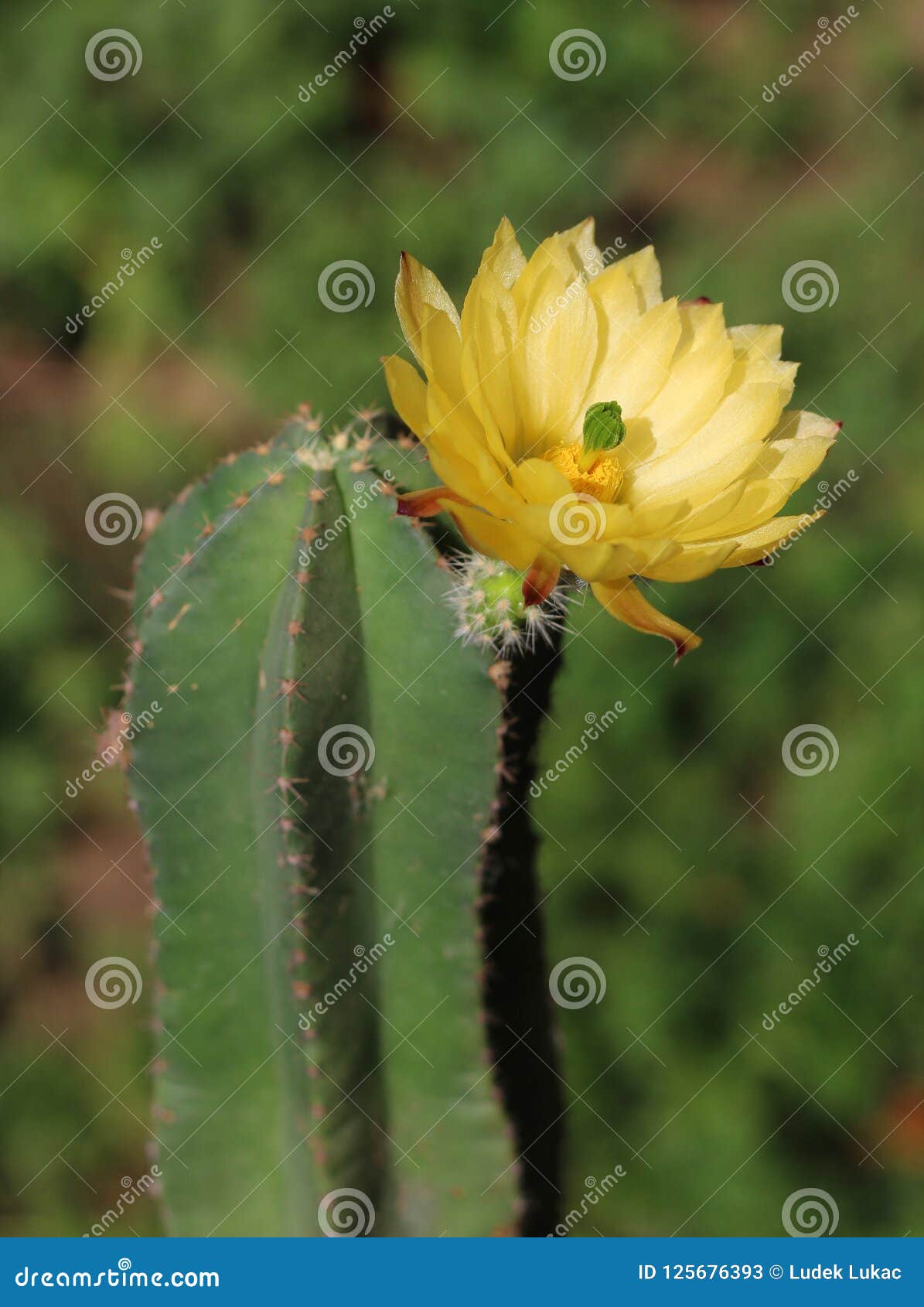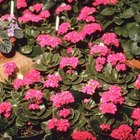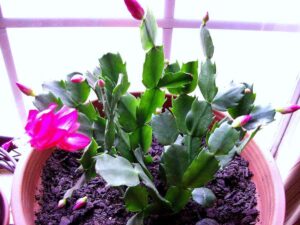When it comes to the realm of cacti, few species capture the imagination quite like the Echinocereus subinermis. This remarkable plant showcases vibrant yellow blossoms that emerge from its spiny exterior, producing a striking visual juxtaposition that fascinates botany enthusiasts and casual observers alike. The remarkable beauty and unique characteristics of this cactus render it a subject worthy of exploration.
The allure of Echinocereus subinermis—the “Wed Cactus”—extends beyond its sunny blooms. The environment in which this resilient species thrives, the symbolism associated with its flowers, and its propagation and care all contribute to the intriguing narrative of this desert dweller. Let us delve deeper into the life cycle, cultivation tips, and the cultural significance that envelops this spiny marvel.
The Natural Habitat of the Wed Cactus
The Echinocereus subinermis is endemic to the arid regions of northern Mexico and the southwestern United States. Adapted to withstand the harsh climatic conditions of its native habitat, this cactus typically flourishes in well-draining rocky soil that mimics its natural environment. It seeks the warmth of sunlight while simultaneously requiring an environment that allows for adequate drainage, showcasing a fascinating dichotomy of needs.
Often found in clusters, the Wed Cactus provides a stunning visual display, particularly during the flowering season. As these cacti mature, they can reach heights of up to 12 inches. Their cylindrical shape, adorned with distinctive, thin spines, makes them visually appealing even when they are not in bloom. However, it is the blooming period, which typically occurs in spring, that truly enchants observers, when luminous yellow flowers erupt from their top and sides.
The Wonder of Yellow Blossoms
The yellow flowers of the Echinocereus subinermis are not merely decorative—they signify a deeper connection to the cycles of life and renewal. Each bloom represents the cactus’s adaptability and endurance in a landscape often characterized by adversity. When these flowers open, they attract pollinators, predominantly bees, facilitating the reproductive cycle of the cactus. Such interactions emphasize the intricate relationships within ecosystems, illustrating how even the most seemingly isolated plant species play a role in a web of life.
Furthermore, the bright yellow hue of the flowers can evoke feelings of joy and optimism among observers. In different cultures, yellow flowers are often associated with celebration and new beginnings, making the Echinocereus subinermis a symbol of hope and resilience. The ephemeral nature of the blossoms, which may last only a few days, further underscores the poignant beauty of life’s fleeting moments—a reminder to cherish the transient joys that nature provides.
Propagation and Care: Nurturing the Wed Cactus
For those intrigued by the idea of cultivating Echinocereus subinermis, it is essential to understand the nuances of its care. This cactus thrives in bright, direct sunlight. A location with at least six hours of sunlight per day is ideal for optimal growth and flowering. Additionally, the right soil mix is critical; a well-aerated, gritty potting mixture that allows for excellent drainage will help prevent root rot, a common affliction among cacti.
Watering practices for the Wed Cactus must be approached with caution. Given their drought-resistant nature, these cacti prefer dry conditions. During the growing season, moderate watering is necessary, allowing the soil to dry out completely between waterings. In the winter months, watering can be significantly reduced, as the cactus enters a dormant phase. This rhythm mimics the natural fluctuations in moisture that Echinocereus subinermis would experience in its native arid environment.
Propagation of this enchanting cactus can be achieved through offsets or seeds. Offsets, or pups, grow at the base of the parent cactus, making them relatively easy to remove and replant in separate pots. This method allows for more immediate results, whereas seed propagation requires a patient gardener willing to nurture seedlings over a longer period. Regardless of the method chosen, both offer an exciting opportunity to witness the lifecycle of this remarkable species.
Cultural Significance and Symbolism
The fascination with the Wed Cactus transcends horticulture. In many cultures, cacti are seen as symbols of endurance and strength due to their ability to thrive in inhospitable environments. The Echinocereus subinermis, with its striking yellow blooms, amplifies this symbolism. As individuals and communities face challenges, such as adversity or despair, the cactus becomes a poignant metaphor for resilience, embodying the concept of finding beauty amidst hardship.
Additionally, cacti have become increasingly popular in modern décor and landscaping due to their unique aesthetics and low maintenance. The Echinocereus subinermis fits perfectly into this trend, providing an eye-catching centerpiece that sparks conversation and admiration. Its representation of vitality, resilience, and adaptability offers an inspiring narrative that resonates deeply with those who cultivate or observe it.
In conclusion, the Wed Cactus—Echinocereus subinermis—serves as a captivating example of the beauty and complexity found within nature. Its vibrant yellow flowers, resilient character, and cultural significance offer an engaging perspective on how even the most unassuming plants can inspire awe and admiration. By understanding and appreciating these living wonders, we not only deepen our knowledge of the plant kingdom but also enhance our connection to the natural world around us.





Leave a Comment